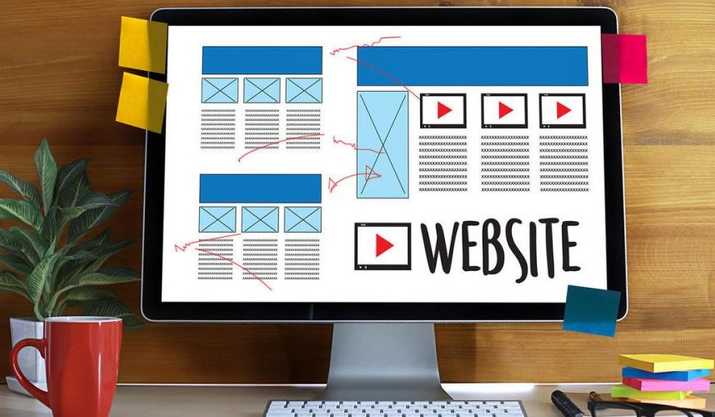Как перевести сайт на другие языки?

Для чего нужен сайт на нескольких языках?
Чаще всего компании задумываются о мультиязычном сайте при выходе на зарубежный рынок. Наличие страниц, адаптированных под другие страны или регионы, говорит о высоком уровне подхода к своей деятельности, а также о заботе о потенциальных клиентах.
Любому человеку комфортнее заходить на сайт, искать и читать информацию на своем родном языке. Поэтому для международных компаний важно предоставить такую возможность всем пользователям. Особенно, если это связано с бизнесом, который работает на несколько стран и регионов. Компания должна предоставить возможность потенциальным клиентам ознакомиться со всей информацией на сайте. Поэтому мультиязычность сайта — это конкурентное преимущество.
Когда нужен перевод сайта:
- выход компании на зарубежные рынки;
- локализация с учетом языковых диалектов (сайт для Великобритании и США будет переведен по-разному);
- если в стране несколько государственных языков, перевод нужен, чтобы обеспечить свободны доступ к информации для каждого человека.
Локализуя сайт для нового региона, бизнес обходит конкурентов, увеличивает трафик на сайт и получает больше заказов.
На какой язык переводить сайт?
Всё зависит от целей компании. В Украине все веб-ресурсы должны иметь украиноязычную версию, поэтому актуальна услуга перевода сайта на украинский язык. Также компании могут ориентироваться на рынок ближайших соседей. Популярны переводы сайта на польский, немецкий язык.
Самым распространенным языком в мире для перевода сайта является английский. Это связано как с числом англоговорящих людей, так и с ориентацией на соответствующий рынок. Но, как мы отмечали выше, важно учитывать регион.
Для европейского рынка рекомендуем переводить страницы на региональные языки. Не все жители Европы свободно владеют английским, чтобы понять каждый нюанс. Если вы делаете перевод сайта на немецкий, французский, итальянский и другие языки, то становитесь ближе к потенциальным клиентам.
Автоматический перевод сайта: за или против?
Некоторые сайты используют функцию автоматического перевода от Google. Сейчас есть доступные виджеты, которые легко установить на лендинге или многостраничнике. Но такие системы несовершенны в переводе.
Пользователь на сайте с автоматизированным переводом поймет обозначение основных разделов, панелей меню, смысл заголовков, но сам текст описаний, важная информация будут сложными для восприятия. Это может остановить людей купить товар или услугу. Сайты на узкоспециализированную тему должны быть переведены только профессиональными переводчиками. Например, портал медицинской направленности или лендинг производителя строительных материалов.
Где сделать перевод сайта?
Существует 3 основных способа перевода сайта:
- Автоматический перевод. Используются виджеты на сайте.
- Новый контент. Создание текстов для сайта с помощью копирайтеров, носителей языка
- Сервис переводов. Над локализацией сайта работает целая команда профессионалов.
В третьем случае заказчик получает полную реализацию проекта. Перевод осуществляется с учетом всех особенностей локализации. Бюро адаптирует не только тексты, но и визуальное оформление (баннеры, инфографику), работает со структурой сайта.
Невозможно только перевести тексты, ведь в каждом языке различная длина символов и слов. Существуют свои особенности при работе с китайским, арабским, грузинским и другими языками, которые нужно учесть. Сервис переводов привлекает и носителей языка, которые не только переводят, но и учитывают культурные особенности региона. Это важно для понимания пользователей и клиентов из других стран.

